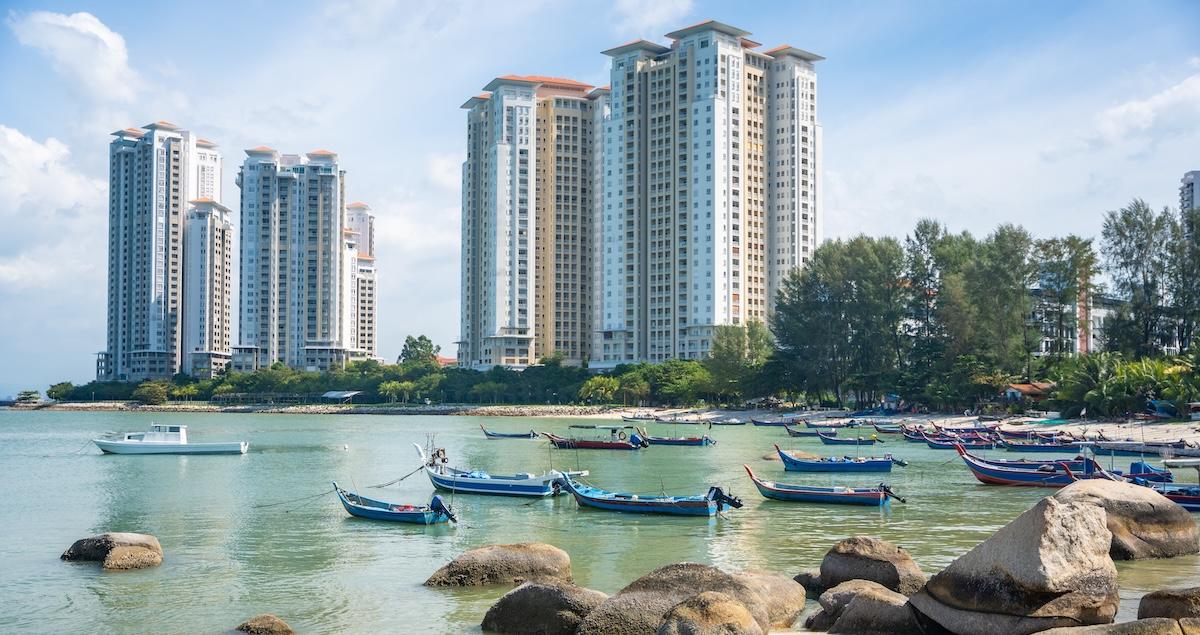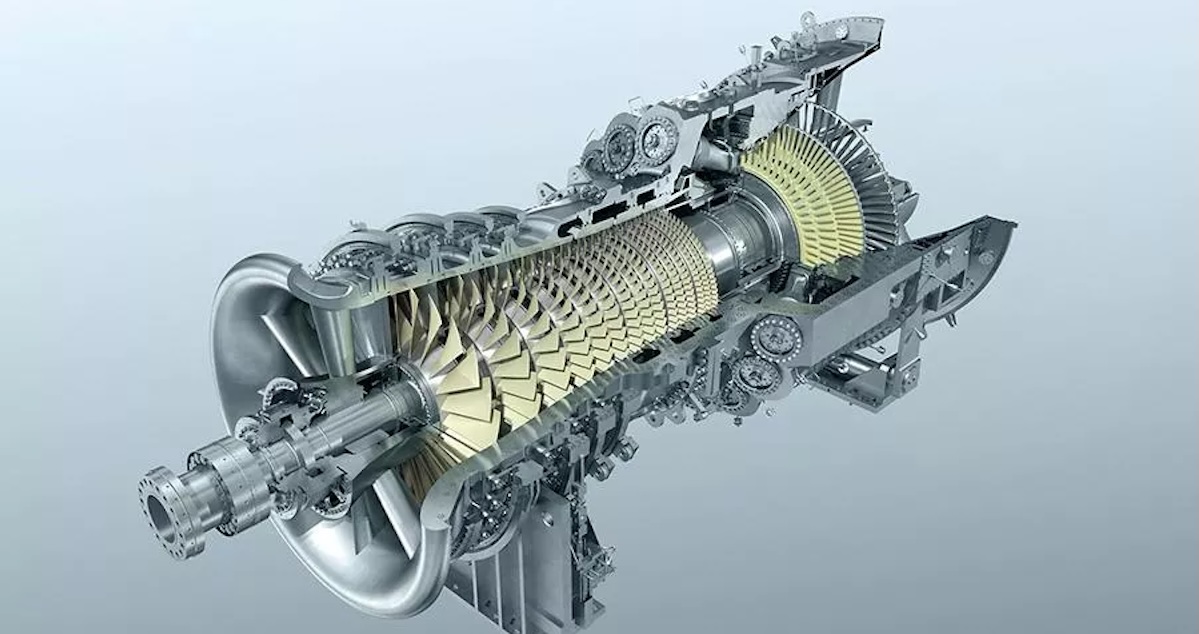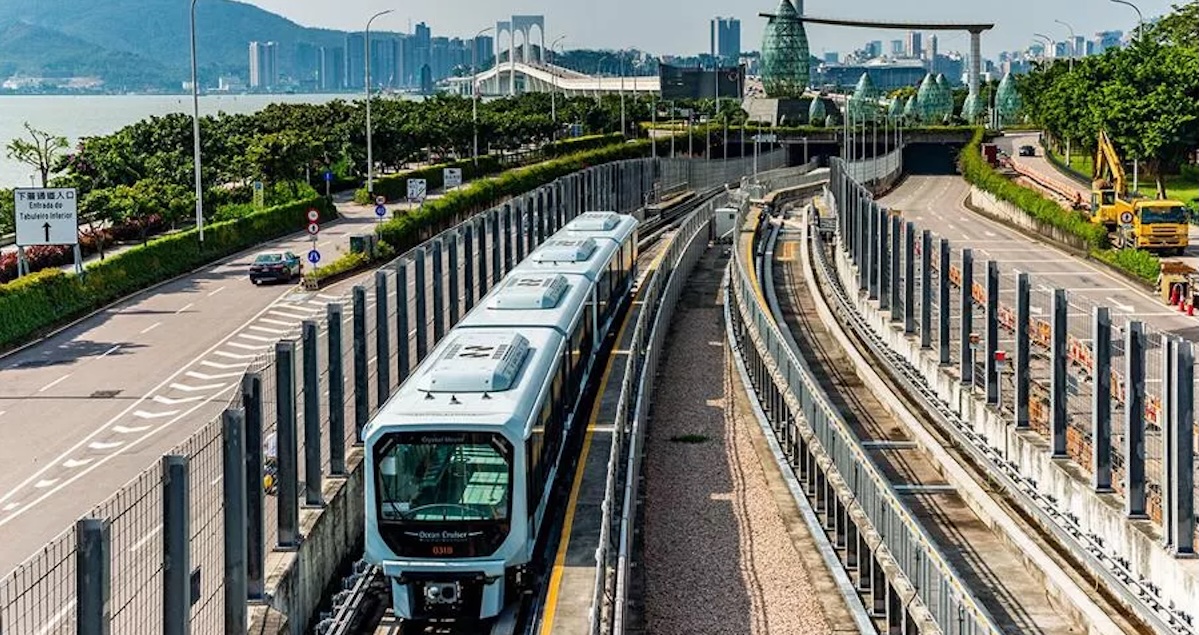License to build: Developing critical infrastructure in emerging markets

Infrastructure can be a significant economic multiplier that provides returns to an economy for many years after a project is completed.
But in the developing world, there is a big infrastructure gap. Millions of people lack access to electricity, while billions live more than two kilometers from proper roads or are digitally unconnected. There is also a growing need for many developing countries to balance increasing energy access with the need to move to low-carbon technology.
Financing this gap would require $1.5 trillion annually, according to the World Bank.
Experts say mobilizing private capital is crucial to addressing the issue. But investors are often unable to commit due to a lack of investment-ready project pipelines.
One part of the solution could lie in licensing proven technology to developing economies.

Why is infrastructure important to economic growth?
According to the World Bank, investments in energy, telecommunications and transport networks represent an essential input in the production of goods and services, and as such directly impact growth.
Alongside, infrastructure can reduce the cost of delivered goods, help move people and products around more effectively, remove constraints to productivity and increase competitiveness.
By gaining access to advanced solutions, countries can accelerate their infrastructure development across these areas.
Take the energy sector. By licensing established technologies — such as advanced nuclear reactors, renewables or grid management tools — firms in emerging economies can access cutting-edge technical knowledge, reduce operational costs and risks associated with innovation, and benefit from faster and more reliable access to modern infrastructure.
For example, several African nations are accelerating their adoption of solar power — which has the potential to help the continent meet a predicted surge in demand for power in the coming decades — by forming agreements with global manufacturers for local production of solar panels.
Balancing decarbonization and rising power demand
Technologies like solar will increase in importance as emerging economies move to fulfil decarbonization commitments. At the same time, they are balancing the need to cut emissions with predicted growth in power demand, with economies in Asia leading the way.
As well as renewables, natural gas and nuclear energy are expected to help meet the additional demand.

Often considered a ‘bridge fuel’ during the transition to a low-carbon economy, natural gas can ensure grid stability while supporting the integration of intermittent renewable sources. The latest gas turbines, such as those made by Mitsubishi Power, a power solutions brand of Mitsubishi Heavy Industries (MHI), can reduce CO2 emissions by nearly 65% compared to traditional coal-fired power plants.
Many Asian economies, especially those such as Malaysia and Indonesia, where there is no strong single source of green energy, are looking to address rising coal use by employing natural gas as an alternative source of reliable baseload or dispatchable power.
For the same reasons, nuclear power is also gaining more attention as a source of secure and sustainable energy for emerging economies. New technology such as small modular reactors, which can provide lower upfront costs and more flexible deployment, have much potential to cleanly and reliably power progress, according to the World Bank.
Forging strategic partnerships with local manufacturers
This is not just about technology transfer — it’s about strategic partnerships and creating the ability for solutions to be tailored to specific local needs.
This is the backbone of the approach to technology licensing at MHI. Between the 1960s and 1980s, the company licensed in technologies in areas including gas turbines and nuclear power. In the years since, it has developed and improved these technologies in-house and they now form core parts of its business.
MHI has tried-and-tested products in many areas of critical infrastructure, from power stations and waste-to-energy facilities to steel plants and public transport systems.

Today, it is working to share this knowledge and technology with a ‘lessor’ focus. This means prioritizing modular, standardized manufacturing that reduces costs through economies of scale, to create products that can be tailored by carefully selected licensees in a way that suits the end customer.
One example of such a strategic licensing partnership is that between MHI and Jiangsu Masada, a manufacturer in China that makes deck cranes, winches, steering gears, turbochargers, and hydraulic motors. Under the long-running partnership, Jiangsu Masada manufactures and sells marine machinery that uses MHI technologies in the Chinese market.
Building for the future
Plugging the infrastructure gap in emerging markets is a complex issue that will take in many factors, including governments making it easier for new projects to progress.
But experts say that speeding up the technological advancement of infrastructure is a key part of the puzzle.
By sharing knowledge and expertise through licensing, companies with established technologies can help emerging economies build the infrastructure they need for the future — boosting economic growth and quality of life.
Learn more about
MHI’s work to help solve critical challenges





